From pv magazine print edition 10/24
Marlinja is a remote Northern Territory (NT) Aboriginal community of fewer than 100 people, living in about 16 houses, eight hours’ drive from the nearest capital city. The rust-colored terrain is sculpted by sweeping flood plains, shaded by sparse ragged woodland, and fringed by distant sand hills, all under a vast Outback sky.
Marlinja is 715 km south of Darwin down the Stuart Highway. It’s a place where 60 Mudburra and Jingili people have collided with the country’s promise they be equally included in Australia’s energy transition.
The community has endured years of energy and water insecurity, sparking a five-year quest to change government and utility policy and give Marlinja access to renewable energy.
Marlinja resident Chantelle Johns said 50% of electricity disconnections arise from maintenance challenges on a 25 km feeder line from a hybrid gas and diesel power station in the nearby village of Elliott.
Hybrid power stations are used across the NT for remote communities which collectively consume around 25 million liters of diesel annually. When infrastructure fails, that can mean a three-hour-plus wait for technicians from towns more than 250 km away and if it’s summer, 40 C-plus temperatures are an added burden.
The effects of regular disconnection, including food and medicine spoilage and economic, educational, and health impacts, are felt most by the elderly and very young. “One time we were out of power for five days straight so we were collecting firewood and cooking outside and the nearest running tap to fill buckets was a 15-minute walk each way,” said Johns.
Frustrated Marlinja residents joined forces with Aboriginal organisation Original Power, which advocates for Aboriginal and Torres Strait Islander people’s right to self-determination.
Original Power helped research options and rooftop solar became first choice but there was no established business model for rooftop panels on social housing or political will in the Territory’s housing department to enable Original Power’s proposed asset management framework.
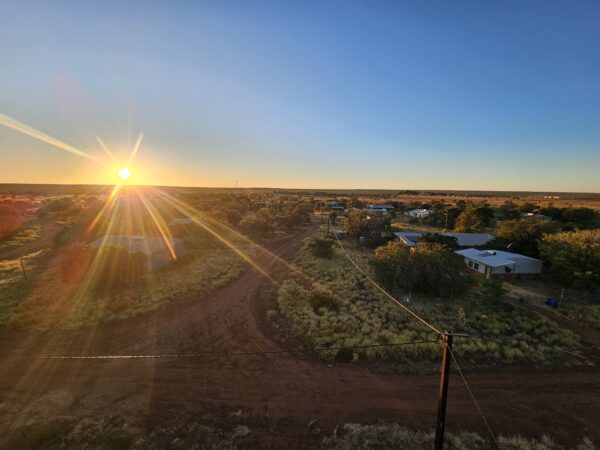
Image: Rachel Mounsey
The plan B is the Marlinja Microgrid. Built using a 100 kW 5B Maverick solar array, 136 kWh GoodWe battery, and GoodWe hybrid inverter, the microgrid is ready to power the community’s homes.
Prepaid meter
One last hurdle remains: around 10,000 NT social housing customers use costly prepaid meters that have to be manually topped up. For the first time ever in these communities, plans are in place to enable solar credits on household meters, shared on a community scale.
Johns said, on the prepaid meter, she has paid $200 (USD 133) weekly to run air-conditioning, fans, and the fridge for four to six people during summer.
Original Power NT Clean Energy Communities Coordinator Lauren Mellor said energy insecurity is a recurring problem in communities like Marlinja.
“Having reliable power is the ability for people to participate and fully realize their own, their family’s, or their community’s aspirations because in the past they’ve been too busy just trying to keep the lights on,” she said. “Once technology like microgrids became available it was really only the structural and policy barriers that we saw the need to overcome to give people the ingredients to self-determine development in their own communities.”
Mellor said energy access and inclusion became a priority for Original Power, which saw the economic benefits that it could bring.
“At the national level there are huge opportunities for First Nations communities and interests to be involved in some of these large-scale projects but at the same time, there’s a lot of hype about us becoming a renewable energy superpower,” Mellor said. “There are many, many First Nations communities being left behind on energy access so we wanted to work at that level and see if we can solve that challenge in addition to making sure people have a seat at the table when they’re deciding on small- or large-scale energy development.”
Yindjibarndi Energy
Large-scale clean energy developments that benefit his nation are close to Michael Woodley’s heart. As Yindjibarndi Aboriginal Corporation’s (YAC) chief executive officer, Woodley and a dedicated team have spent almost a decade building a pretext for a First Nations 25%- to 50%-owned utility-scale solar, wind, and battery development.
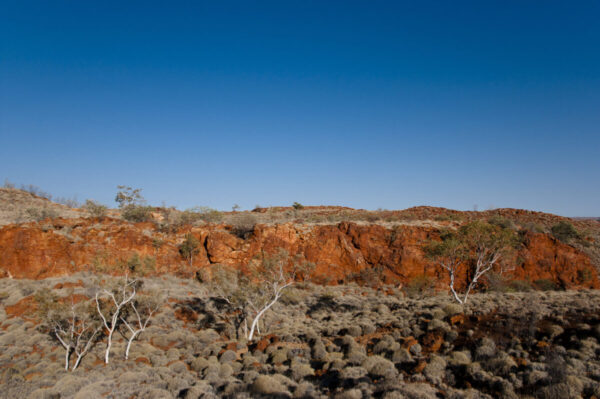
Image: ACEN
The Yindjibarndi Energy Corporation (YEC) is a partnership between YAC and Philippines-headquartered renewables giant ACEN, a subsidiary of Ayala Group. The partners will develop, own, and operate up to 3 GW of utility-scale renewables on traditional land.
With a $1 billion, 750 MW first stage and a 2 GW to 3 GW stage-two development in Western Australia’s Pilbara region, the collaboration is one of the largest renewable energy Indigenous partnerships in Australia.
Yindjibarndi Ngurra, or country, covers approximately 13,000 km2 under various native title rules and is owned by the Yindjibarndi.
“It’s significant that the Yindjibarndi have come to a point where we take climate change and its effect on Ngurra very seriously, so we obviously want to assist in making sure that climate change doesn’t affect our country more than it has already,” said Woodley. “We also want to contribute to our global responsibility by stepping up to the platform on becoming an organisation that can contribute to our global objective of reducing emissions as much as we can, or reaching our targets anyway.”
Woodley said YAC is the first such entity to develop large-scale, Indigenous-owned clean energy generation, demonstrating to First Nations people that it can be done.
“First Nations people can be leaders in this and this is something that obviously ticks all the boxes with establishing a long-term sustainable business that provides opportunities and jobs and training to our people but also puts funding back into our community where we can continue to sustain our way of life,” he said.
Going it alone
YEC Chief Executive Officer Craig Ricato said Yindjibarndi interest in renewables was first piqued when developers approached YAC about developing renewables installations on their land.
After researching what opportunities clean energy could create for Yindjibarndi people, the landowners opted for something novel. “We didn’t want this to be ‘mining 2.0’,” said Ricato. “We’d heard about Indigenous people participating in the energy transition and we really wanted to understand what that could mean. After all our research was done, the conclusion was, why not just do it ourselves.”
A Yindjibarndi renewable energy subsidiary company called Yiyangu was established and a capacity partner was sought and found in ACEN, after which the partnership of YEC was formed. “We have fundamental points in our agreement with ACEN. The first approval that we receive before we undertake feasibility for a project is from the YAC, the YNAC [Yindjibarndi Ngurra Aboriginal Corporation] and the Elders. They sign off on what we’d like to build and where we’d like to build it,” Ricato said.
Yindjibarndi people will own a minimum of 25% of the equity of every completed project and Yindjibarndi businesses and people will get preference on contracts, jobs, and apprenticeships.
“One of the reasons Yindjibarndi are doing this is not just the long-term economic outcome for the community but you’ve got a community than can visibly observe the changes in the flora and fauna,” said Ricato. “They’re losing their biodiversity; places are becoming drier and animals are going away. So they can really see climate change happening and they want to be involved and be part of the broader Pilbara community by providing a long-term economic outcome when mining’s gone.” Yindjibarndi lands are surrounded by mining infrastructure, which the YEC sees as an opportunity to help decarbonise the sector.
In 2023, YEC signed a memorandum of understanding with mining company Rio Tinto to study and evaluate solar, battery energy storage, and wind systems. The memorandum’s initial focus will be on a solar array to supply Rio Tinto’s four gas-fired power stations in the Pilbara that would need 600 MW to 700 MW of renewables generation to replace them.
This content is protected by copyright and may not be reused. If you want to cooperate with us and would like to reuse some of our content, please contact: editors@pv-magazine.com.
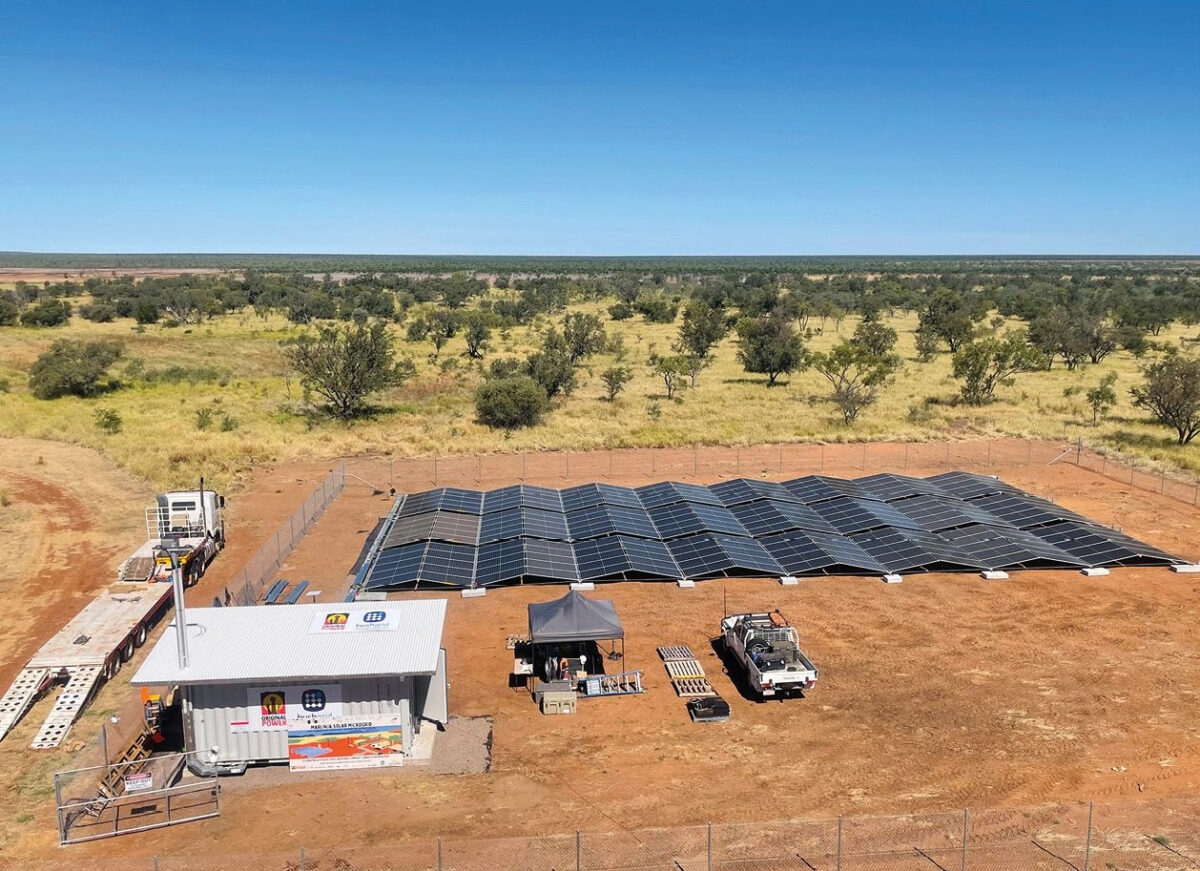
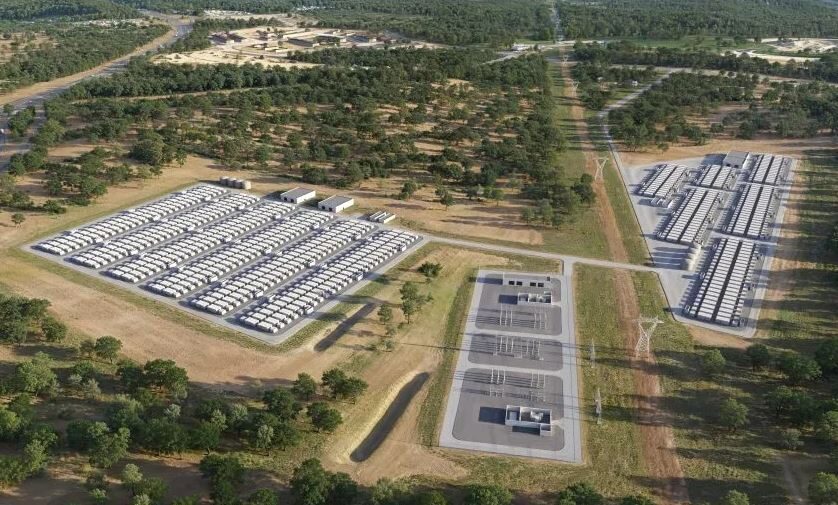

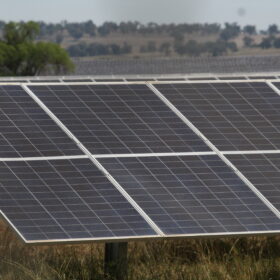
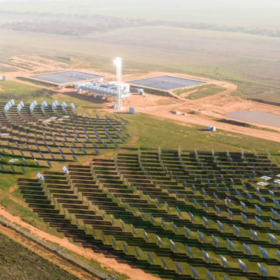
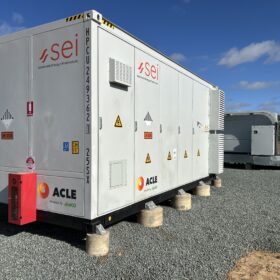
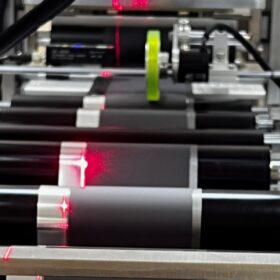
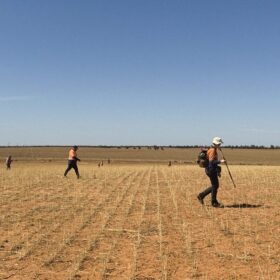
By submitting this form you agree to pv magazine using your data for the purposes of publishing your comment.
Your personal data will only be disclosed or otherwise transmitted to third parties for the purposes of spam filtering or if this is necessary for technical maintenance of the website. Any other transfer to third parties will not take place unless this is justified on the basis of applicable data protection regulations or if pv magazine is legally obliged to do so.
You may revoke this consent at any time with effect for the future, in which case your personal data will be deleted immediately. Otherwise, your data will be deleted if pv magazine has processed your request or the purpose of data storage is fulfilled.
Further information on data privacy can be found in our Data Protection Policy.